Aarhus trials free-ranging pigs effect on plants
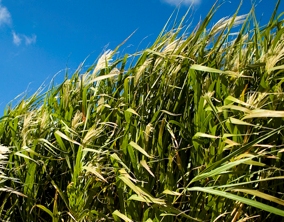
Scientists at the Faculty of Agricultural Sciences, Aarhus University, have let pigs range freely in a mini forest of energy crops including willow and Miscanthus to observe how the pigs react when they have free access to the plants and if they damage the plants in any way.
“It was a positive experience”, says scientist Anne Grete Kongsted from the Department of Agroecology and Environment at the faculty. “The concept benefits both the pigs, the environment and the farmer”.
Wandering about in a forest of energy willow or Miscanthus provided the pigs with lots of stimulation. They spent a great deal of their time exploring, rooting, digging and poking their snouts into the soil. The results have been more or less weed-free plots with crops that have managed to make it through without any serious damage.
The pigs’ active efforts may actually also be seen to be beneficial to the plants. The study shows that the pigs use the planted area to defecate. In this way the plants receive “free” nutrients and this benefits their growth. At the same time, the plants ensure that the nutrients, which could otherwise have gone to waste, and, in the worst case, have damaged the environment, are absorbed.
The plants also contribute to the mutual setup by providing shade and shelter for the pigs. The plants also improve the working conditions for the farmer because they absorb rainwater.
“Wet and muddy fields can be a problem in outdoor pig farming, especially during the winter and especially on clay soils. The energy plants have a very high water uptake so they contribute to keeping the fields nice and dry”, says Anne Grete Kongsted.
In the trial the energy willow fared best. The pigs munched the roots, shoots, and leaves a bit and there was also a bit of damage to the bark but not enough to damage the plants seriously. The pigs were, however, rather rough on the Miscanthus and ate the new shoots. There should probably not be pigs ranging in the grass right after it has been harvested, when there are new, delicate shoots.
There is a difference in the impact of the pigs on the plants, depending in part on how many pigs are in the plots. Finding the optimal stocking density is one of the goals of the study because at the end of the day the results will be used on organic pig farms. The study will be repeated at the end of the summer and again next on commercial organic pig farms on a larger scale and with lactating sows.
The study indicates that the combination of outdoor pigs and energy crops can be a win-win situation in which the environmental impact of outdoor pig farming is reduced and the pigs are offered an interesting and stimulating environment.
Related website
• Faculty of Agricultural Sciences, Aarhus University
©
Join 18,000+ subscribers
Subscribe to our newsletter to stay updated about all the need-to-know content in the pigsector, three times a week. Beheer
Beheer

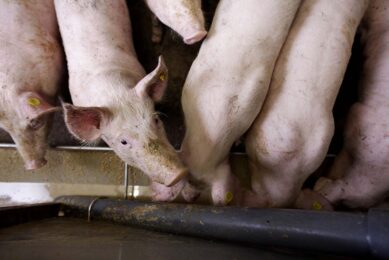
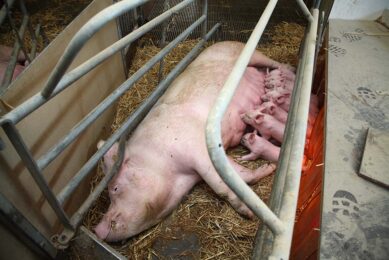
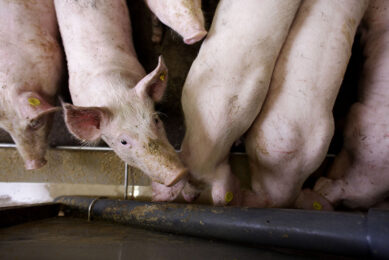
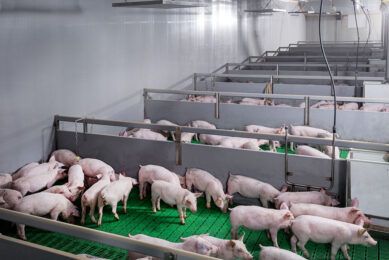





 WP Admin
WP Admin  Bewerk bericht
Bewerk bericht